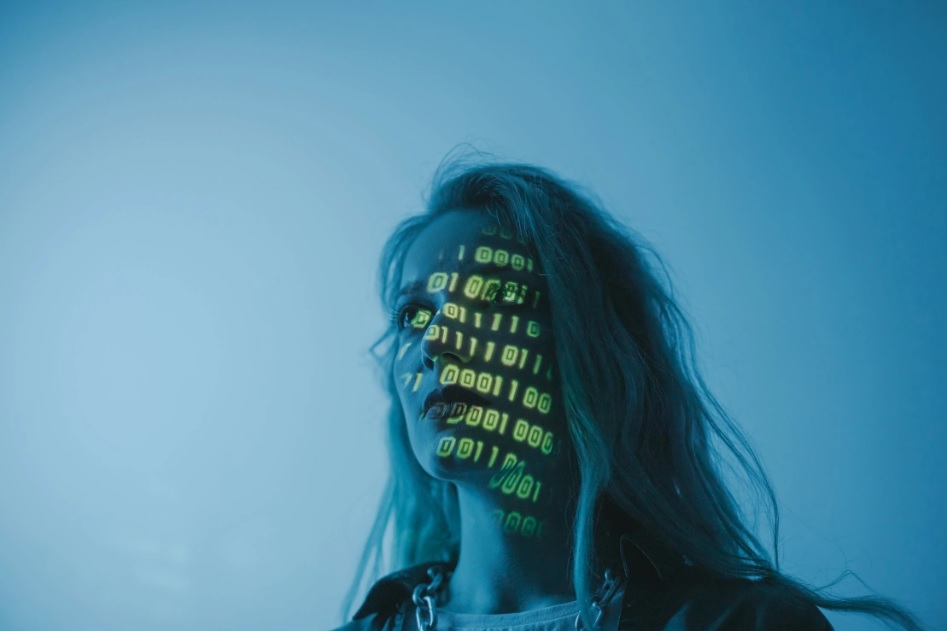The phrase “generative artificial intelligence” has become a buzzword this year, inspiring Microsoft and Alphabet to launch products with technology they believe will alter the nature of work.
Here’s what you need to know about it.
What is generativeAI?
In generative AI, actions are learned from past data, similar to other forms of artificial intelligence. As opposed to categorizing or identifying data like other AI, it produces brand new content – text, images, even computer code. It was Microsoft-backed OpenAI that released ChatGPT, a chatbot, late last year. A large language model powers it, which takes in a text prompt and responds accordingly.
It can perceive both text and images, making GPT-4 a “multimodal” model announced by OpenAI this week. A photo of OpenAI’s president’s hand-drawn mock-up for a website he wanted to build was used to generate a real copy of the website.
Advantages of Generative AI
A first-draft of marketing copy created using the technology may need cleanup because it isn’t perfect. CarMax Inc. has used OpenAI’s technology to summarize thousands of customer reviews and assist shoppers in choosing a used car.
Likewise, Generative AI can take notes in a virtual meeting. Besides drafting emails, it can create slide presentations. This week, Microsoft Corp and Alphabet Inc’s Google demonstrated these features.
Disadvantages of Generative AI
The technology may be abused, however. In school systems, AI-drafted essays undermine students’ hard work to learn. The threat of generative AI to produce far more disinformation than before has been raised by cybersecurity researchers.
Nevertheless, the technology itself is prone to errors. Known inaccuracies of AI, called “hallucinations,” and responses that seem erratic, such as professing love to a user, are all reasons why companies have aimed to test the technology.
Is this just about Google and Microsoft?
These two businesses are the biggest to include generative AI into widely used programmes like Microsoft Word and Gmail. They are also at the forefront of research and investment in huge language models. They are not, nonetheless, alone.
In order to give users new abilities through software, both big businesses like Salesforce Inc. and smaller ones like Adept AI Labs are either developing their own competing AI or packaging technology from others.
How is Elon Musk Involved?
Along with Sam Altman, he co-founded the OpenAI company. To avoid a conflict of interest between OpenAI’s work and the AI research being done by Telsa Inc., the electric vehicle manufacturer he oversees, the billionaire departed the startup’s board in 2018.
Musk has voiced concerns about the future of AI and argued in favour of a regulatory body to make sure that the advancement of the technology meets the needs of the general public.
“It’s a rather risky piece of technology. I worry that I may have accelerated it in some way “At the conclusion of Tesla Inc.’s Investor Day earlier this month, he stated.
“Tesla is making progress in artificial intelligence, but I’m not sure what else to say about it because it stresses me out.”

Leave a Reply